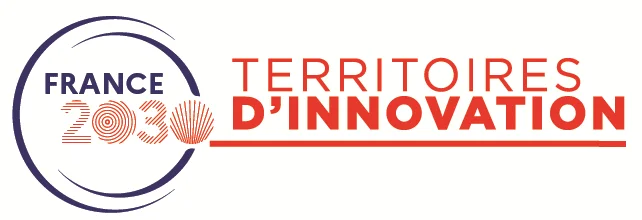Popular culture to Thiès - Senegal
As young Africans, we face many social, economic and technological pressures that impact on our well-being and jeopardise our aspirations. An intergenerational approach is essential to meet these challenges in our communities, where respect for the wisdom of our elders is a cardinal value. The wisdom of our elders can be a guarantee of stability, while young people, with their unlimited potential, can inspire innovative solutions for the well-being of all. This is what the Hearth Summit Thiès is all about: fostering a dialogue between our past and our present by drawing on the wisdom of our origins to build resilience in the face of today's challenges and realise our vision for the future.
Black Keme, Artist, Ambassador of Bassari Culture, Curator for the Hearth Summit Thiès
Background on the Bassari people:
The Bassari people, found in south-eastern Senegal and Guinea (in the Upper Guinea region), are an indigenous group renowned for their rich cultural heritage and close relationship with nature. They live in a hilly area and mainly practise agriculture.
The life of the young Bassari is marked by a series of initiation rites that are compulsory for all Bassari wherever they are in the world. These rites mark their transition to adulthood and their commitment to defending their cultural heritage.
As ‘guardians of the land’, the Bassari are aware that their survival as a people is intimately linked to their immediate environment. Their traditional practices, such as the sustainable extraction of palm wine and beekeeping without harming trees and bee colonies, illustrate their respect for the natural world. Taboos and obligations, such as the strict ban on bush fires, reinforce their connection with the environment and ensure the preservation of their way of life. These values and ethics are passed down from generation to generation.
Today, the Bassaris face many challenges, such as the harmful effects of mining, deforestation and climate change, which threaten their identity and cultural heritage.

This dance costume, which is also a musical instrument, is worn around the waist by young Opaluk girls during the EYOK dance, the ‘Dance of the Genies’. Made up of iron bells weighing nearly 3 kg, it sets the rhythm for th... Voir plus

This costume, inspired by the shape of the chameleon's head, the community's totem animal, is worn by women in the Opaluk, Odebatcha and Odepeka age groups. During the dance, the dancers' slow, cautious movements are remin... Voir plus

This wind instrument, similar to a flute, is essential for initiation ceremonies during the wintering season and for rites of passage between age groups. Played to accompany the Lukuta dances as they descend into the commu... Voir plus

This musical instrument accompanies the Oluk dances of the Opaluk and Olomata of the older age groups. Made from the fruit of the bramble tree, it has a bramble leaf string and an aluminium ring. Working like a castanet, t... Voir plus

This hat, worn exclusively by young men of the O'palug class during the Mbinar ceremony, marks the end of their initiation ritual and their transition to the ODJAR class, the adults. At the end of the MBIÑAR, the last Opal... Voir plus

A wind and string instrument played by uninitiated young boys to accompany community activities, particularly field work. It is used to galvanise and give rhythm to collective effort, and reinforces cohesion and mutual aid... Voir plus

This mask embodies supreme authority among the Lukuta and is worn by the Chief of the Lukuta.
Made exclusively by the wise men of the community, in this case Balingo NDEGA, the mask is carved from sacred wood an...
Voir plus

This ornament, worn on the head from the nape of the neck to the forehead, is used during the EPEKA dance by women of the OTEPEKA class, which is a class of mature women. It can also be worn on the dance outfit of... Voir plus

This mask is worn by the Lukuta, the ‘spirits of the forest’, the true guardians of order and tradition among the Bassari. During secret initiations in the forest, the Lukuta confront the new young initiates. These battles... Voir plus

This fur accessory is used by women to carry babies on their backs. Made from the skin of goats, sheep or other wild animals, it combines practicality and tradition. The integrated red pouch contains talismans, protecting... Voir plus

This filter basket, made from branches of the roan tree, is an essential traditional Bassari cooking utensil. Lightweight and durable, it illustrates the community's artisanal know-how, linking culinary practices t... Voir plus

This long-handled bowl, made from calabash, is an essential utensil for initiates during their initiation period. Used to ask members of the community for food or water, it symbolises the link between young people... Voir plus

This gourd, made from the calabash tree, is an essential kitchen utensil for collecting and storing honey, as well as other beverages such as millet beer and water. The Bassaris learn from an early age to harvest h... Voir plus























































































